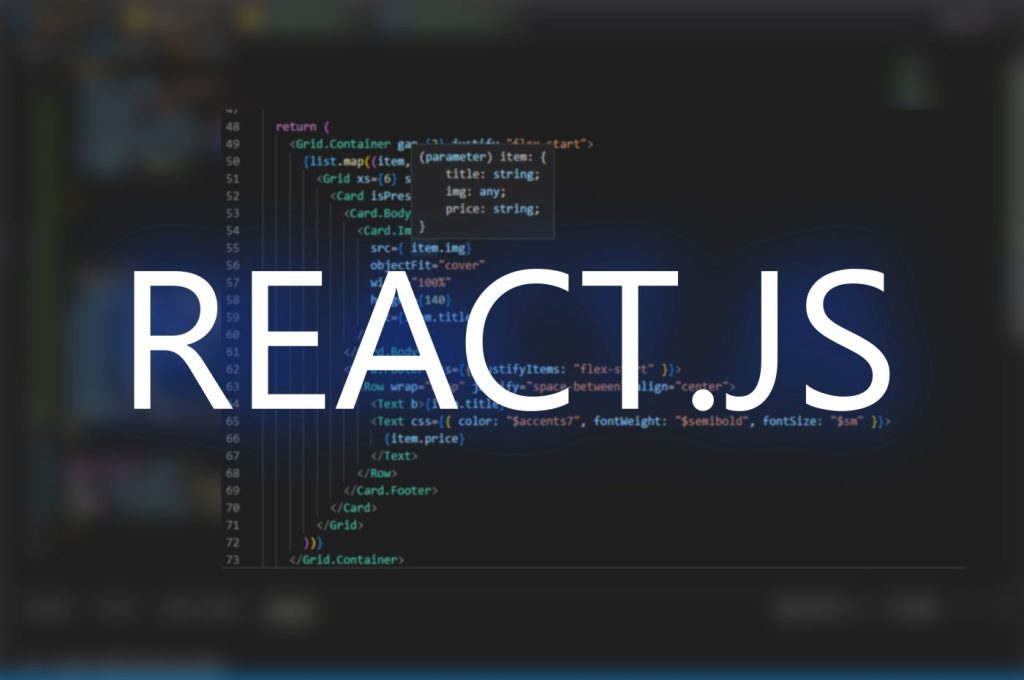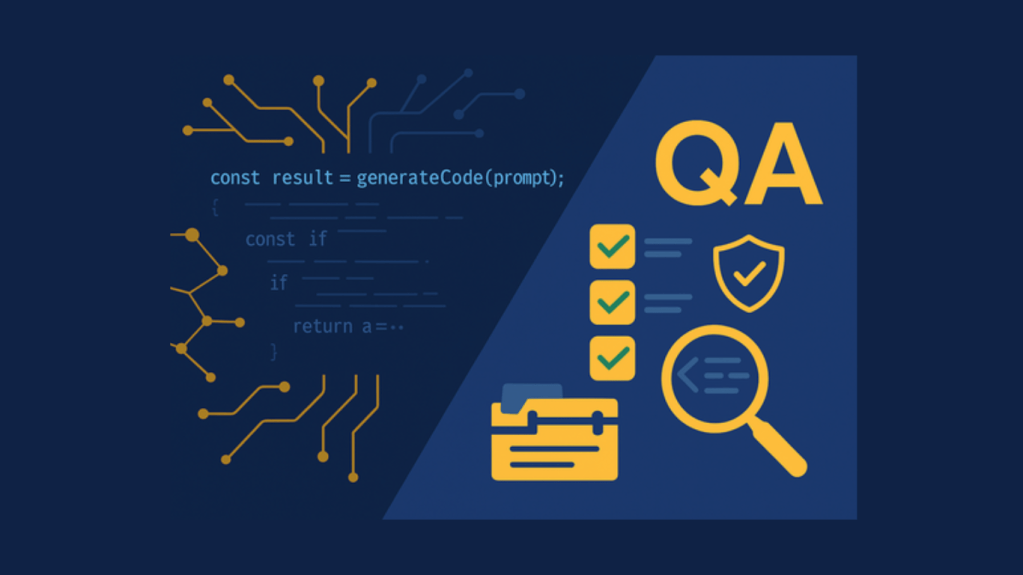React has become one of the most widely used JavaScript libraries for building modern web applications. Whether creating dynamic user interfaces (UIs), supporting mobile app development through React Native, or building complex single-page applications (SPAs), React has made a name for itself by enabling developers to deliver faster, more interactive, and scalable applications. In this post, we’ll explore the key areas where React shines and explain why it’s a go-to tool for web and mobile app development.
Single-Page Applications (SPAs)
React is particularly well-suited for building Single-Page Applications, which load only a single HTML page and dynamically update content as users interact with the app. The result is a seamless user experience where navigation feels instant, and users don’t have to endure slow, page-by-page loads.
Virtual DOM
The Virtual DOM is one of React’s standout features. The virtual DOM allows React to track and update only the specific elements that change rather than re-rendering the entire page. This dramatically improves performance, making React an ideal choice for applications that need to handle complex user interactions in real time, like social media platforms or data-heavy applications.
Mobile App Development with React Native
React isn’t just for web apps. With React Native, developers can use the same React principles to build cross-platform mobile apps for iOS and Android. By reusing components across web and mobile platforms, development becomes more efficient, and the user experience remains consistent across devices.
Many companies, including Airbnb and Uber, have adopted React Native to streamline their mobile app development. One of the key advantages of React Native is its ability to share up to 90% of the codebase between Android and iOS apps, significantly reducing development time while maintaining high-quality user experiences.
👋 Need top React engineers for your product? Let’s get a conversation started.
Reusable Components
One of the most impressive features of React is its component-based architecture. In React, a developer can create independent UI components that are reusable; this will make it easier to maintain consistency across complex applications without having to invest too much time in development. This saves development time and, therefore, makes large projects easier to handle.
For example, with React, there is no need to create a button component over and over for it to appear in different parts of any given application, be it the login page, the checkout flow, or the user profile. Reusability and modularity mean speeds in development, fewer bugs, and, overall, a more maintainable codebase.
React Hooks, offered since React 16.8, is an extension of this for component management. The various hooks, such as useState and useEffect, enable the developer to handle state and lifecycle events easily within functional components, reducing the need for complicated class components.
Integration with Other Libraries and Frameworks
React is very flexible and can easily be mixed with other libraries, frameworks, and back-end technologies. For example, the combination of React with Redux for state management in more complex applications is very common, while Next.js handles SSR for even better performance and SEO.
Rich tooling for React includes must-have libraries such as React Router for handling navigation and routing, thus making it straightforward to add features to an application without constant switching between technologies. In fact, this modular, adaptive nature is part of what makes React a key choice for teams building scalable applications needing flexibility in their technology stack.
Real-Time Data Rendering
React is preferred for applications that deal with real-time data, and hence it finds broad applications in chat applications, financial live dashboards, and collaboration platforms where information changes very frequently.
React’s virtual DOM plays a pivotal role in efficiently handling frequent updates by re-rendering only changed components, as opposed to refreshing the whole UI. Hence, React is an excellent choice for high-performance applications where updates are continuous with no lag seen at the user’s end.
Popular Use Cases and Industries
Given its flexibility, React is commonly used across various industries and applications. Some of the most popular use cases include:
- E-commerce: React is perfect for dynamic product listings, real-time inventory management, and personalized user experiences.
- Social Media: Platforms like Facebook (which originally created React) rely on it for their dynamic news feeds and interactive user interfaces.
- SaaS Platforms: React enables companies to build complex, real-time dashboards for users to seamlessly interact with data and workflows.
With its component-based architecture and powerful real-time data handling capabilities, React is a top choice for businesses looking to create scalable, high-performance applications across web and mobile.
Summing It Up
React is an indispensable tool for modern web and mobile application development, offering fast, dynamic, and scalable solutions for a wide variety of industries. Whether you’re building a data-driven dashboard, a real-time chat app, or a mobile solution, React’s flexibility, reusability, and robust ecosystem make it a go-to technology for delivering top-tier user experiences.
Excited about building your next high-performance application?
At Curotec, our experienced React developers can help you build dynamic, scalable solutions for web or mobile. Whether starting from scratch or modernizing an existing platform, we have the expertise to make your project successful. Reach out today and find out how we can bring your vision into reality with React.









